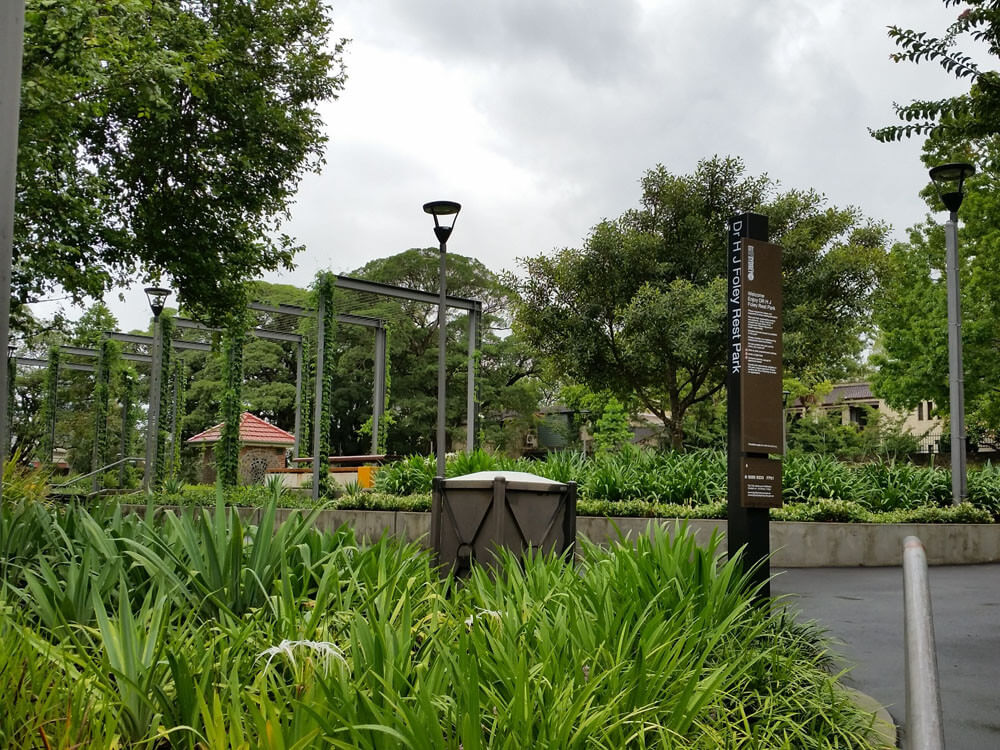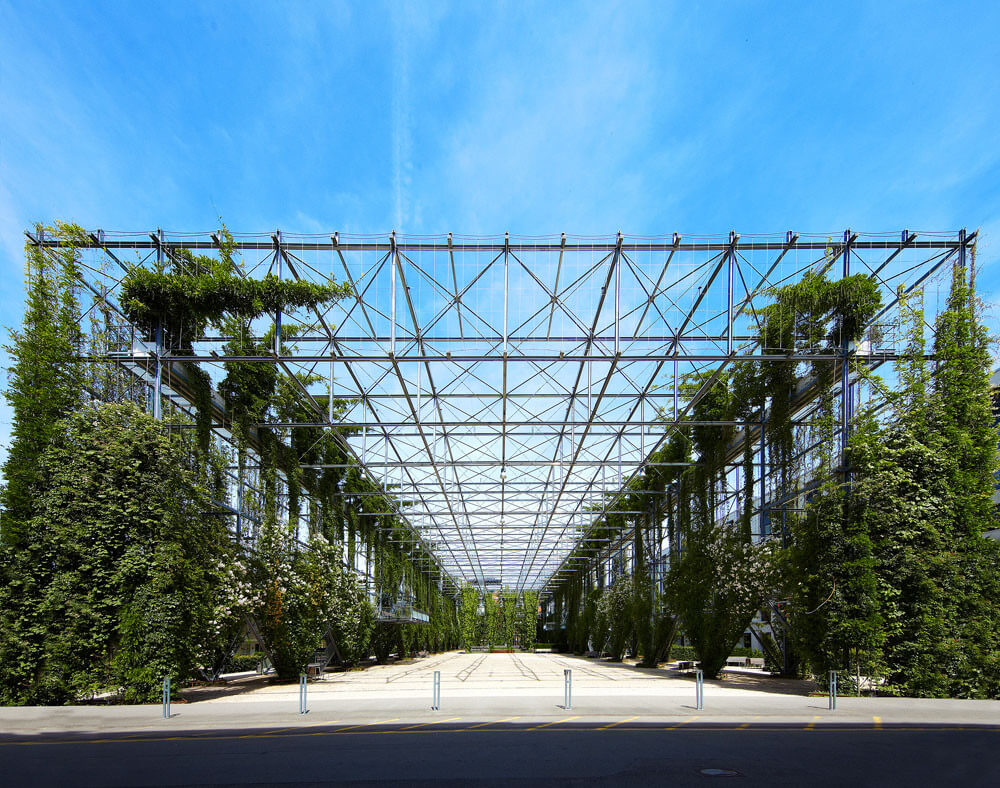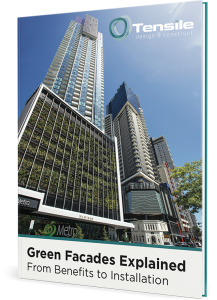The stainless-steel and webnet elements of a tensile system solution are an excellent choice of material for supporting vertical gardens, whether freestanding or installed on building walls or interiors.
Here are a few of the reasons why, and how elements such as Webnet mesh and stainless rope can be used.
The benefits of Tensile elements
- Robust and low maintenance When designing and installing support structures for green facades and vertical gardens, we use marine-grade Jakob stainless steel. This material has high resistance to weather, wind and corrosion, which in turn gives it great longevity (up to 25 years) without a great deal of ongoing maintenance.
- Flexible and can be customised Stainless steel wire rope can be configured in almost endless ways. Vertical wires for example suit climbing twiners, while cross-hatch trellises are great for supporting and encouraging the growth of scrambling plants. When pre-formed into Webnet mesh, it can be used to wrap structures and provide a layer of security and fall protection.
- Unobtrusive appearance Tensile elements offer a solution that appears lightweight and translucent despite their strength. This ensures the plants remain the main feature while the supporting structures fade into the background.
- Ideal for large spans Materials such as Jakob wire rope cable and Webnet can accommodate very large spans, making them well-suited to very large vertical garden installations.

How Tensile elements can be used to support vertical gardens
Tensile elements can be used to support a variety of vertical gardens. These include:
Freestanding vertical gardens
Freestanding vertical gardens include pergola-type plant structures, which can offer shade and a sense of refuge from the harshness of built environments.
An example of this is the arbour structure in Foley Rest Park in inner Sydney, which is supported by a steel structure and over 400m of tensile cable trellis. This vertical garden was built in 2014, and the lush growth of the plants since then is stunning.
Another is MFO Park in Zurich, Switzerland. The trellised steel structure of the 17 metre-high ‘Park House’ supports a wide range of climbing plants, including grapevine, wisteria, honeysuckle and clematis. Jakob tensile elements are used throughout and play a role in separating the greenery from the main structural elements and walkways.
Vertical gardens installed on buildings
When it comes to vertical garden building installations, green walls and wall facades are two of the more well-known types. Tensile system solutions have been used to support green facades on multi-storey residential and office buildings in Australia and around the world.
However, vertical gardens can also be installed on or inside other parts of a building, using Tensile elements as greenery support structures. This includes on balconies, posts or anywhere that climbing plants are desired.
Some examples include the green screens on the guest accommodation balconies at Taronga Zoo, the indoor climbing plant installation in the Stonnington Council building, and the greenery that wraps the columns inside the Warringah Mall at Brookvale. All of these installations are supported by robust stainless steel tensile elements such as wire rope cabling and Webnet mesh.
Get in touch for more information
As you can see, tensile system solutions offer remarkable versatility for vertical gardens of virtually any kind. If you’d like to know more about this don’t hesitate to contact us.






































